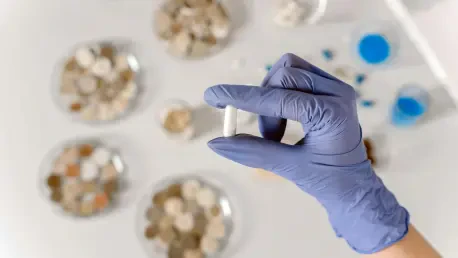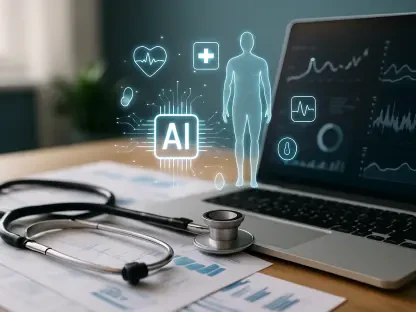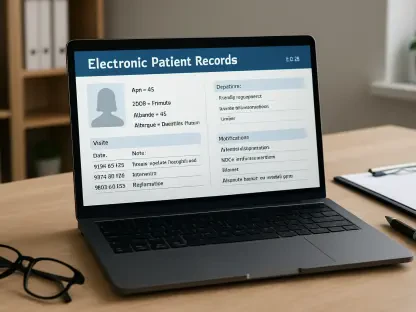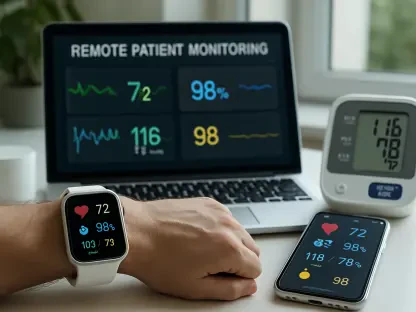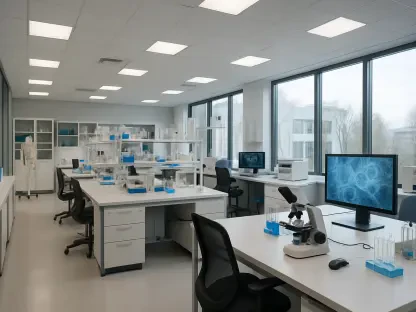In today’s rapidly evolving healthcare landscape, the need for advanced pharmaceutical manufacturing technologies has never been more critical. Recent global events, including the COVID-19 pandemic, have unveiled significant vulnerabilities within existing supply chains, highlighting the urgent requirement for innovative solutions in manufacturing processes. The call for reshoring pharmaceutical production back to U.S. soil has emerged as a central theme, driven by the need to ensure the security and accessibility of critical medications. This trend not only embraces technological advancements but also seeks to address the complexities and economic considerations of reshoring efforts.
Current State of Advanced Pharma Manufacturing Technologies
Industry Growth and Adoption Statistics
The pharmaceutical manufacturing industry has experienced remarkable growth in recent years, buoyed by rapid technological advancements. Data from industry reports indicate a significant uptick in the adoption of advanced manufacturing techniques, with continuous production processes and digital innovations at the forefront. Statistically, pharmaceutical companies are increasingly leveraging these technologies to enhance efficiency and reduce costs, challenging traditional methods that have long dominated the sector. Leading organizations and government entities have invested billions to accelerate these transformations, recognizing their potential to revolutionize production.
Real-World Applications and Case Studies
Real-world applications of advanced pharmaceutical technologies are reshaping manufacturing landscapes. Notable examples include pioneering companies implementing continuous manufacturing models to enhance operational efficiency. Continuus Pharmaceuticals, for instance, is at the cutting edge with its end-to-end continuous production approach, drastically reducing time and labor costs. The Department of Defense’s significant investment in this technology underscores confidence in its potential. These case studies illustrate a broader industry shift, with pharmaceutical giants such as AstraZeneca successfully integrating continuous methods into existing frameworks, achieving cost-effectiveness and streamlined outputs.
Expert Insights and Industry Perspectives
Industry experts and thought leaders emphasize the transformative potential of advanced manufacturing technologies. They point to the significant hurdles companies face in transitioning from traditional batch production due to regulatory complexities and higher domestic costs. According to experts like Jordan Brossi, the need for competitive domestication is compounded by persistent economic and administrative challenges. However, proponents highlight the strategic importance of these advancements as essential for future resilience. The integration of artificial intelligence and digital twins within pharmaceutical frameworks is seen as the key to predicting demands and aligning production capabilities accordingly, offering a competitive edge in a global market.
Future Outlook and Implications
The future of advanced pharma manufacturing technologies promises groundbreaking changes with far-reaching implications. As these technologies continue to evolve, stakeholders anticipate increased efficiency and quicker adaptation to demand fluctuations. However, the balancing act between innovation and economic pressures will be pivotal. Industry analysts predict that successful reshoring will require coordinated efforts, including regulatory adjustments and financial incentives to foster a conducive environment. While potential challenges exist, the broader implications suggest transformative possibilities that could redefine the landscape of pharmaceutical manufacturing, offering both opportunities and challenges in equal measure.
Conclusion and Call to Action
As the discourse on advanced pharma manufacturing technologies continues to evolve, stakeholders must navigate the intricate challenges and opportunities before them. The endeavor to strengthen and localize pharmaceutical production in the U.S. has seen significant advancements through innovative manufacturing techniques. However, the path forward demands strategic investments and cooperative engagements between public bodies and private enterprises. Moreover, fostering an environment conducive to technological integration will be essential to fully realize the potential of these innovations. As the industry adapts, it remains critical to explore new solutions and collaborations, aiming to build a resilient and responsive pharmaceutical manufacturing sector for the coming years.
